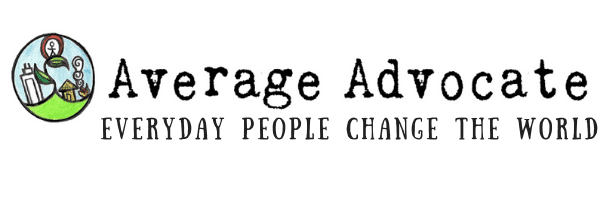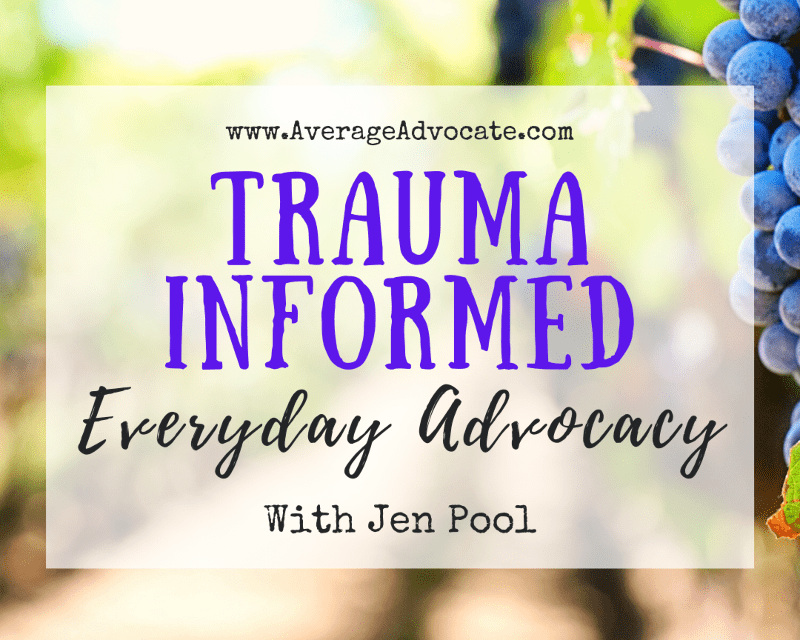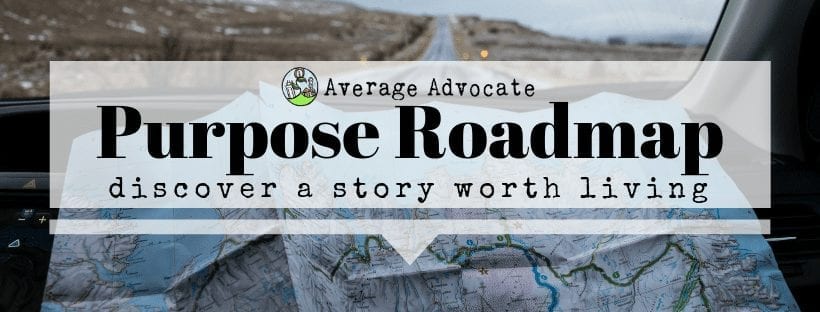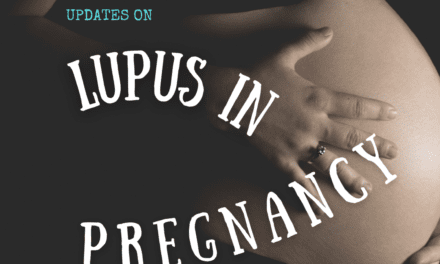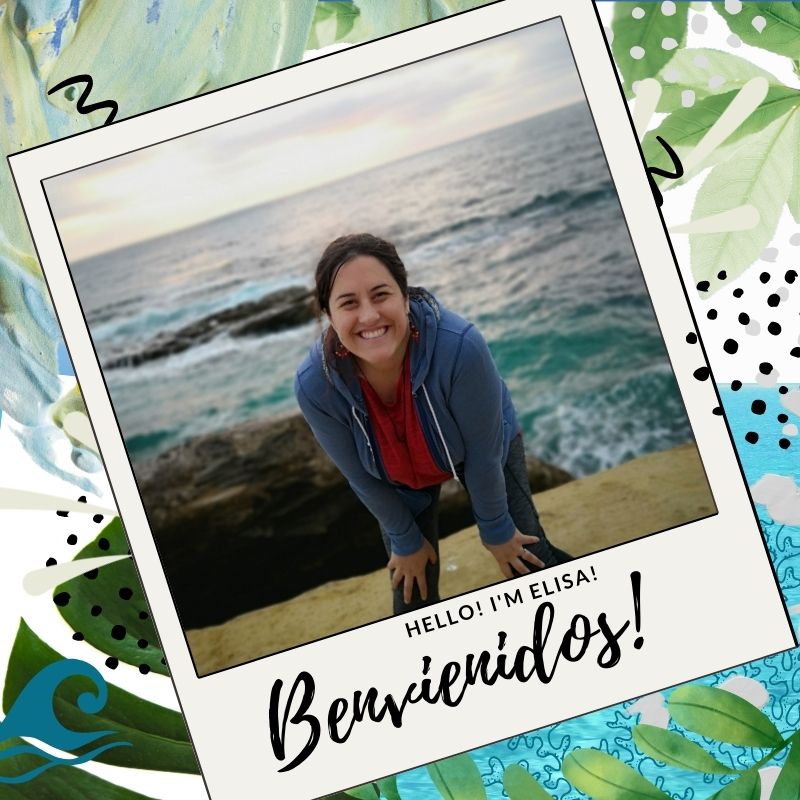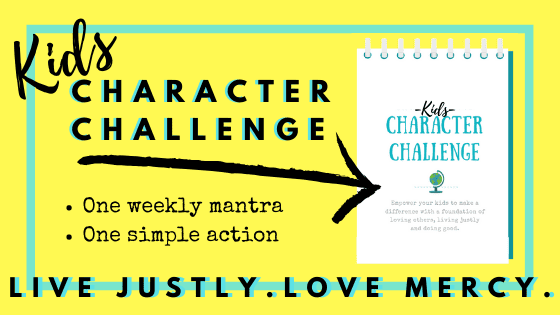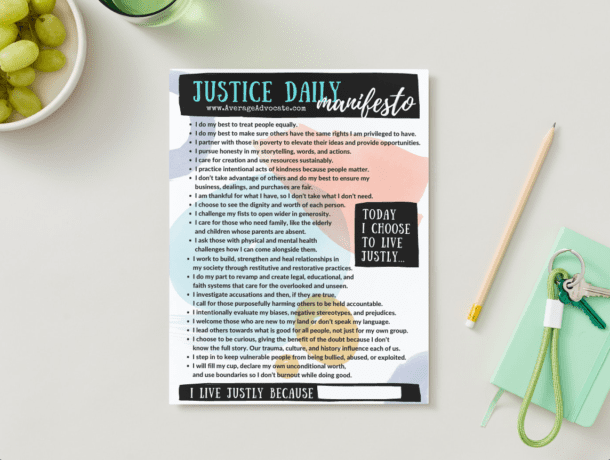Ice and coffee exploded over the corner table, running in rivulets to the floor. The woman started alternatively sobbing and screaming as she balled up by the trash bins, wailing “I always ruin everything!” Her friend stood by, somewhat shocked, trying to figure out what to do. Everyone else in the coffee shop stared at the awkward scene. In case people didn’t already think she was crazy, they did now.
When I arrived, the woman was shouting at the baristas to turn down the music. It was too loud! (It wasn’t.) She was loud though, continuing to stay in the high-decibel range while bemoaning about the music after it was turned down.
Soon, a friend met her at her table. Side-by-side by side the difference was stark. The friend was dressed in what most Americans consider appropriate–jeans and a sweater. The other woman was wearing a very interesting bright outfit, topped off with a silky pink robe tied loosely, like a coat. Over the course of the next hour, much of the woman’s side of the conversation was heard by the shop patrons. They whispered about her. I have no doubt stereotypes were being formed. And then the coffee spill happened. Chaos broke loose.
I wondered how many times I might have seen scenes like this in the past and misunderstood them. Just chalked it up to, “she is crazy” and walked away.
But after a few years practicing trauma-informed work, I was grateful to see this woman through a different lens. I didn’t feel pity for her. I felt proud; her just showing up was a success. I felt compassion, because I understand that little emotional permanence, her up’s and downs, a lack of social awareness, and what is judged as “crazy” are often just symptoms of past traumas. Everything in me wanted her to know that she wasn’t crazy–even though almost everyone around her was speaking that vibe into her through their body language.
I decided to leave the shop then. And as I did, I looked her in the eyes and I told her I’ve spilled my coffee in public before too. That it happens sometimes. She lifted her head and smiled. “You have?” “Yes. I have.” Recovering herself and wiping her eyes, she went with the barista who told her she would remake the drink. I tapped the friend on the shoulder and told her she was doing a great job. Her friend smiled back weakly; with gratitude. Her presence is changing someone’s world.
- We can be an encouragement in awkward situations
- We must always be reassessing our stereotypes
- Presence makes a difference
- Becoming trauma-informed empowers us to change the world
Which of these four things do you hope to practice more?
Interview With Jen Pool on Trauma-Informed Care
To empower us to learn more about being trauma-informed, I asked my good friend Jen Pool to talk to us. Jen is the new CEO of @blackouttrafficking and an ACE trainer (among other roles). Here are some things she covered in our interview:
- What is trauma-informed care and what does it have to do with the way we everyday people make a difference?
- Jen unraveled some terms we hear kicked around in advocacy work, including “trauma-informed”, “trauma”, “ACEs” and “mental health”.
- She gives us a vision for how empathy, self-compassion and presence can look like in daily life, from parenting to our basic human interactions.
- Jen also gives us three keys to assess non-profits, business, orgs, and ministries/churches about whether they are really putting people first in a trauma-informed way
After watching this, do you have any questions, curiosities, or musings, will you please let us know? We are probably going to follow-up this interview with a second and we want to empower you. Tell us in the comments or DM me about what you’d like to learn more about!
Three Key Indicators To Recognize Trauma-Informed Care
Here are some questions to ask about organizations, businesses, churches, non-profits and movements to help you determine if trauma informed care is actually happening.
1.) Do they have those with lived experience in any official role or advisory capacity?
If someone is serving a group of people, they must have representatives that shape the decisions of the organization. Otherwise, that org can’t actually serve in any way that recognizes the trauma that group might have experienced. For example, Blackout Trafficking has an advisory board and developed long-term relationships with survivors of trafficking and lived experts.
2.) Do they listen to the people?
This is similar to the first point, but goes a little broader. Overall, asking and assessing the demographics being served is vital. The mission/vision of an organization is only worthwhile if they are listening to the people. Otherwise, the people don’t really matter and they will be run over trying to achieve an objective. For example, Blackout Trafficking gets feedback and pursues conversations both with the leaders of partner organizations they ally with and gleans from the experiences of participants. This sets us up to understand the unique challenges each of these groups face.
3.) How are they consciously looking for ways to learn?
Look for evidence that the leaders on an organization are learning. Are they seeking ways to be more informed? Is learning a requirement of leadership? Do they require training for their volunteer/staff/leaders? Do they read books? How are they growing to become more informed about the experiences of the population they are serving? In this way, and organization can become more trauma informed. For example, Blackout Trafficking has a diversity training coming up.
What Are ACEs? (And what do they have to do with Trauma-Informed Care?)
ACEs stands for Adverse Childhood Experiences. It is actually a method to score how trauma affects people. Pretty much, the higher your ACES score, the higher the likelihood is that you will be struggling in life with mental illness, violence, in school, work, health–all because of trauma. They actually greatly affect society and the economics of a region too. Understanding ACEs is also a valuable way to prevent the perpetration of crime and abuse. This isn’t some hocus-pocus “psychology” babble. This is cut-and-dry, simple measurement advocates use.
And it is time average everyday advocates do too.
Because we all have our own stuff. (Check out my interview with Wendy about this earlier this year–if we want to be good advocates, we also have to heal with our own stories and seek forgiveness). How many ACEs do you have?
Then, everyone (including our own kids) might have an ACEs score too. Understanding their ACEs can empower us to give the care needed to become healthy fully alive humans.
Resources for Trauma, Mental Health and ACEs
Get resources to commit to help you become a StigmaFree Company here.
Search for your local Community Services Board–this resource might have varying names in each state, but most localities have an organization that will do free training on mental health and ACEs.
The CDC has a ton of information on ACEs and have already compiled a bunch of resources. Check out the CDC and ACEs here.
Here’s another one:
Adverse Childhood Experiences: ACEs Too High News
Then we have Number Story
And lastly, How Childhood Trauma Affects Health Across a Lifetime: TedTalk with Dr. Nadine Burke Harris
If you or someone you know is suicidal, please get help. Here is my list of resources.
